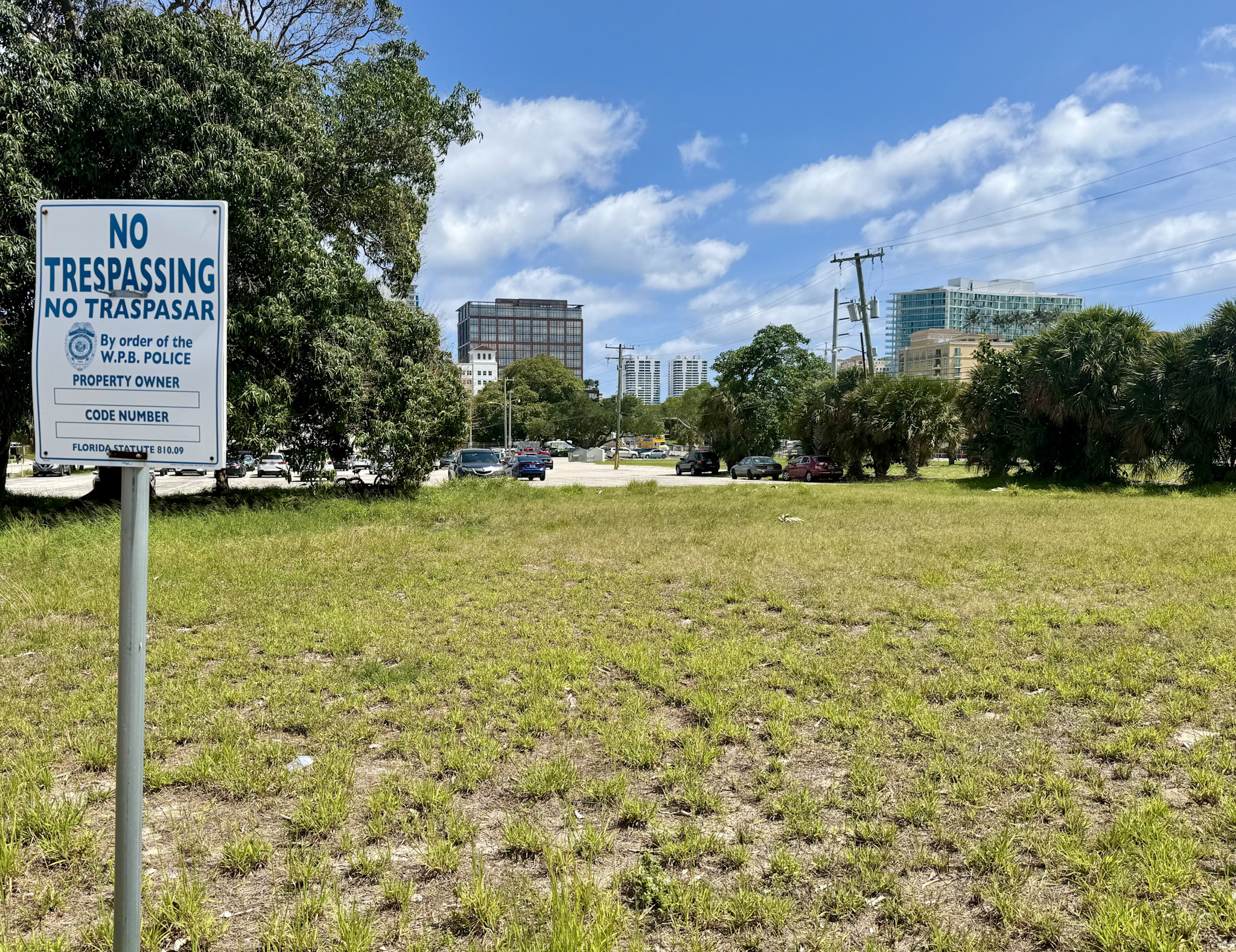Report on Fractional Ownership in Sustainable Real Estate and Alignment with Sustainable Development Goals (SDGs)
Introduction: Advancing Sustainable Urban Development through Innovative Investment Models
A new paradigm in real estate investment, fractional ownership of sustainable urban properties, is emerging as a critical mechanism for advancing the Sustainable Development Goals (SDGs). This model democratizes access to high-yield, ESG-aligned assets, particularly for younger investors with limited capital. It directly supports the creation of inclusive, safe, resilient, and sustainable cities as outlined in SDG 11 (Sustainable Cities and Communities).
Key Market Drivers and Contribution to SDGs
The growth of this market is propelled by several factors that align with global sustainability and innovation targets.
- Technological Innovation (SDG 9): Blockchain tokenization is a core enabler, enhancing transparency and liquidity in real estate markets. The tokenization market is projected to reach $19.4 billion by 2025, demonstrating a significant application of innovative infrastructure to support economic growth.
- Sustainable Infrastructure (SDG 11 & SDG 13): There is a rising demand for properties with green certifications such as LEED. These certifications ensure resource efficiency and reduced environmental impact, contributing to climate action and sustainable urban living.
- Generational Demand for Sustainability: Younger investors are increasingly prioritizing investments that offer both financial returns and positive environmental impact, reflecting a growing consciousness toward responsible consumption and production patterns (SDG 12).
Financial Performance of SDG-Aligned Real Estate
Case studies demonstrate that integrating sustainability is a significant financial advantage. Investment in properties aligned with the SDGs has proven to yield substantial returns, challenging the notion that sustainability is a cost.
- High-Yield Returns: Properties incorporating renewable energy sources like solar power (contributing to SDG 7: Affordable and Clean Energy) or holding LEED certifications (supporting SDG 11) have yielded annual returns between 10% and 18.6%.
- Enhanced Investor Benefits: Fractional ownership provides key advantages that support inclusive economic growth (SDG 8). These include:
- Diversification: Investors can build a varied portfolio of sustainable assets with low capital entry.
- Liquidity: Tokenized trading platforms offer superior liquidity compared to traditional real estate investments.
- Regulatory Support: A supportive regulatory environment is fostering growth and investor confidence in these new models.
Strategic Recommendations for Maximizing Impact and Returns
To capitalize on this trend, investors should adopt a strategy focused on platforms and properties that explicitly contribute to the Sustainable Development Goals.
- Prioritize Green-Certified Platforms: Focus investment on platforms that feature properties with recognized green certifications. This ensures alignment with SDG 11 (Sustainable Cities and Communities) and SDG 13 (Climate Action) while mitigating long-term risk.
- Leverage Tokenization for Accessibility and Liquidity: Utilize blockchain-based tokenization to gain access to a wider range of sustainable properties and benefit from enhanced trading liquidity, thereby supporting the innovative infrastructure goals of SDG 9.
- Diversify Geographically: Expand investment portfolios across primary urban centers and growing secondary markets to support balanced and sustainable regional development, a key objective of SDG 11.
1. Which SDGs are addressed or connected to the issues highlighted in the article?
SDG 8: Decent Work and Economic Growth
- The article highlights new avenues for economic growth through “high-yield, ESG-aligned assets” and a market for tokenization “projected to reach $19.4B by 2025.” This points to the creation of new economic value and innovative financial markets.
SDG 9: Industry, Innovation, and Infrastructure
- The focus on “sustainable urban properties,” “solar-powered or LEED-certified properties,” and “green certifications” directly relates to upgrading infrastructure to be more sustainable. Furthermore, the use of “Blockchain tokenization” and “tech-integrated living” represents significant technological innovation within the real estate industry.
SDG 11: Sustainable Cities and Communities
- The core topic of “fractional ownership in sustainable urban properties” directly addresses the goal of making cities more sustainable. It promotes the development of environmentally friendly buildings (“green certifications,” “solar-powered”) which are key components of sustainable urban development.
SDG 12: Responsible Consumption and Production
- The article discusses a shift in investment patterns towards “ESG-aligned assets” and proves “sustainability as a financial advantage, not a cost.” This encourages companies and investors to adopt sustainable practices and integrate sustainability into their financial strategies, aligning with responsible production and consumption patterns.
2. What specific targets under those SDGs can be identified based on the article’s content?
SDG 8: Decent Work and Economic Growth
- Target 8.2: Achieve higher levels of economic productivity through diversification, technological upgrading and innovation. The article’s emphasis on “Blockchain tokenization” and creating high-yield assets from sustainable properties is a clear example of technological upgrading and innovation driving economic productivity in the real estate sector.
SDG 9: Industry, Innovation, and Infrastructure
- Target 9.4: By 2030, upgrade infrastructure and retrofit industries to make them sustainable, with increased resource-use efficiency and greater adoption of clean and environmentally sound technologies. This is directly supported by the article’s focus on “solar-powered or LEED-certified properties” and “green certifications,” which are methods for making infrastructure sustainable.
SDG 11: Sustainable Cities and Communities
- Target 11.3: By 2030, enhance inclusive and sustainable urbanization and capacity for participatory, integrated and sustainable human settlement planning and management. The development and investment in “sustainable urban properties” contribute directly to more sustainable urbanization.
- Target 11.6: By 2030, reduce the adverse per capita environmental impact of cities. “Green certifications” and “solar-powered” buildings are designed to reduce the environmental footprint of urban areas.
SDG 12: Responsible Consumption and Production
- Target 12.6: Encourage companies, especially large and transnational companies, to adopt sustainable practices and to integrate sustainability information into their reporting cycle. The article shows a market-driven incentive for this, where properties with “green certifications” yield high financial returns, encouraging developers and investment platforms to adopt and report on sustainable practices.
3. Are there any indicators mentioned or implied in the article that can be used to measure progress towards the identified targets?
Indicators for SDG 8 and SDG 9
- Financial Returns on Sustainable Investments: The article explicitly states “10–18.6% annual returns from solar-powered or LEED-certified properties.” This can serve as a direct indicator of the economic productivity and financial viability of sustainable innovation (Target 8.2).
- Market Growth of Financial Technologies: The projection that the tokenization market will “reach $19.4B by 2025” is a quantifiable indicator of the adoption and growth of innovative technologies (relevant to Target 8.2 and the innovation aspect of SDG 9).
Indicators for SDG 9 and SDG 11
- Adoption of Green Building Standards: The mention of “green certifications” and “LEED-certified properties” implies that the number or proportion of buildings meeting these standards can be used as an indicator to measure the upgrading of sustainable infrastructure (Target 9.4) and the progress of sustainable urbanization (Target 11.3).
- Investment in Renewable Energy in Buildings: The reference to “solar-powered” properties suggests that the amount of installed solar capacity in urban properties can be an indicator of progress towards reducing the environmental impact of cities (Target 11.6).
4. Create a table with three columns titled ‘SDGs, Targets and Indicators” to present the findings from analyzing the article. In this table, list the Sustainable Development Goals (SDGs), their corresponding targets, and the specific indicators identified in the article.
| SDGs | Targets | Indicators |
|---|---|---|
| SDG 8: Decent Work and Economic Growth | 8.2: Achieve higher levels of economic productivity through diversification, technological upgrading and innovation. |
|
| SDG 9: Industry, Innovation, and Infrastructure | 9.4: Upgrade infrastructure and retrofit industries to make them sustainable…and with greater adoption of clean and environmentally sound technologies. |
|
| SDG 11: Sustainable Cities and Communities | 11.3: Enhance inclusive and sustainable urbanization. 11.6: Reduce the adverse per capita environmental impact of cities. |
|
| SDG 12: Responsible Consumption and Production | 12.6: Encourage companies to adopt sustainable practices and integrate sustainability information into their reporting cycle. |
|
Source: ainvest.com







